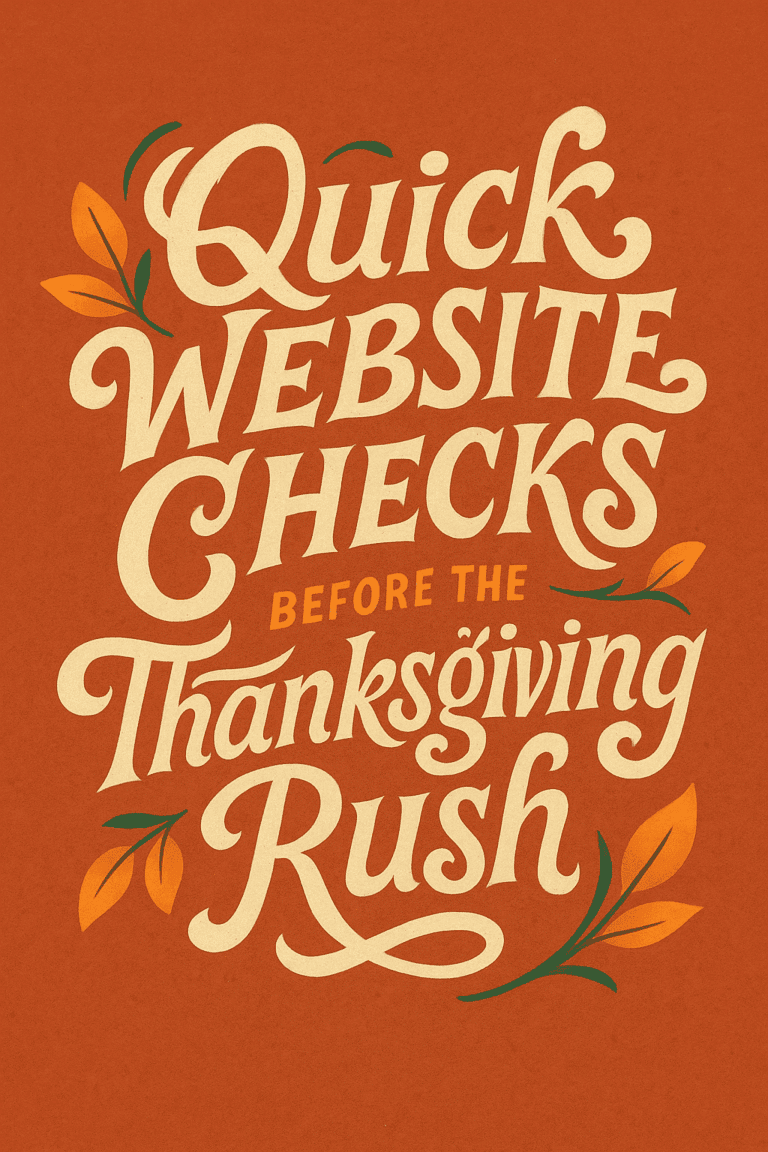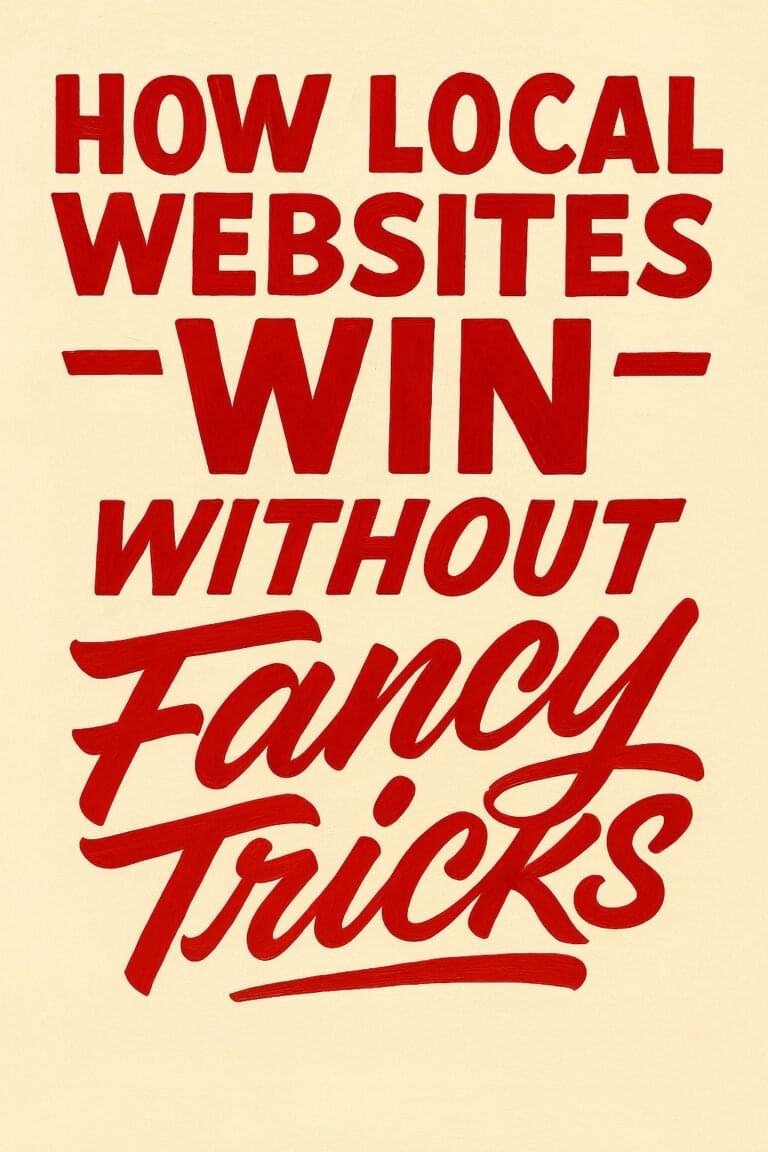
If you’re a consultant, agency, or service provider looking to land high-end clients, your website isn’t just a place to show your work—it’s often your one shot to make a lasting impression. These clients aren’t just after good design; they’re looking for reassurance that they’ve found the right partner from the moment the page loads.
In this guide, we’ll walk through how to build a website that consistently attracts and converts high-end clients. We’re talking about people who are ready to invest, have high expectations, and can smell mediocrity a mile away. Here’s how to speak their language.
1) Understand What “High-End” Really Means
Before you start planning the design or layout, you need to deeply understand what high-end clients look for:
- Exclusivity and sophistication
- Professional polish and attention to detail
- Confidence and clarity in messaging
- A strong sense of brand and purpose
- Proof of expertise and experience
You’re not just trying to impress. You’re aiming to instill confidence. That means your website needs to signal trust, capability, and quality from the very first glance.
2) Start With a Clear and Confident Brand
High-end clients aren’t just buying your service. They’re buying your brand experience.
Refine Your Brand Identity
- Logo and typography: Should be modern, clean, and purposeful.
- Color palette: Use intentional color schemes that reflect your values and professionalism.
- Voice and tone: Your copy should be confident but not overhyped. Clarity > cleverness.
Don’t DIY Your Branding
High-end clients will assume you approach your work the same way you present your own brand. If your logo looks like it was made in Canva in 20 minutes, they’ll notice. Hire a professional, or if you do it yourself, it better not look like it.
3) Prioritize UX That Feels Effortless
User experience (UX) isn’t about cramming in fancy animations or wild layouts. It’s about making visitors feel like you understand them.
Keep Navigation Simple
- Use clean top-level navigation with logical page groupings.
- Make contact paths (buttons, forms, phone numbers) obvious and frictionless.
Optimize Page Speed and Responsiveness
- High-end clients won’t tolerate lag. Optimize images and use high-performance hosting.
- Your mobile site should be just as polished as the desktop version.
Eliminate Clutter
- Don’t overload pages with text, widgets, or popups. Give your content room to breathe.
- Use white space intentionally to create a premium, modern feel.
4) Craft Messaging That Speaks to Value, Not Just Features
High-end clients don’t care about a laundry list of what you offer. They want to know the impact you make.
Focus on Outcomes
- Instead of “Custom logo design,” try “Brand identities that open doors to better opportunities.”
- Use testimonials that highlight how you made someone’s life or business better.
Use Strategic Language
- Speak directly to the client’s position. Are they CEOs? Busy founders? CMOs?
- Use phrases like “trusted by top-tier brands” or “built for long-term growth” if accurate.
Keep It Tight
Don’t overwrite. High-end buyers are busy. Write like every sentence costs $100.
5) Showcase Authority and Credibility
You need to prove you can walk the talk. This isn’t about bragging—it’s about evidence.
Feature Case Studies
- Choose 2–3 deep case studies instead of a wall of thumbnails.
- Share the challenge, your approach, and the measurable outcome.
List High-Caliber Clients (If You Can)
- If you’ve worked with recognizable names, show them. Use logos with permission.
- Be tasteful—a “Trusted by” strip is enough.
Professional Accolades and Affiliations
- If you’re certified, award-winning, or a member of relevant organizations, mention it clearly but subtly.
6) Design With Intention
Design Principles for Premium Appeal
- Minimalism wins: Less clutter, more focus.
- Use great photography: Avoid stock imagery. Consider professional brand photography.
- Whitespace matters: It signals confidence and makes content digestible.
- Consistent alignment and spacing: These subtle elements build visual trust.
Layout Recommendations
- Homepage: Clear hero statement, proof of expertise, one strong call-to-action.
- About Page: Story-driven, visually consistent with the rest of the site.
- Services Page: Organized by value, not just features.
- Contact Page: Easy-to-use form, plus direct contact options (email, phone, calendar links).
7) Add Conversion Points That Feel Custom
Add Multiple Contact Pathways
- Some will want to email, some prefer forms, others like scheduling a call.
- Use scheduling software (like Calendly or SavvyCal) to streamline the process.
Create a High-Touch Inquiry Form
Instead of just name/email/message, ask smart questions like:
- What kind of project are you planning?
- What goals do you have in the next 6 months?
Offer an Optional Discovery Call
High-end clients often want to vet you directly. Make it easy to book a no-pressure call.
8) Lean Into Visual Storytelling
Video Can Be Powerful
- A short 60-second intro or client success story video can do more than paragraphs of text.
- Make sure it’s well-shot, well-lit, and professionally edited.
Use Custom Graphics
- Flowcharts, diagrams, or custom icons can quickly convey complex ideas.
- Avoid clipart and overused icon packs.
Before/After Showcases
If relevant, show the transformation your work creates visually (web redesigns, branding upgrades, etc.).
9) Build Trust With Transparency
Share Your Process
- Outline your approach step-by-step: discovery, planning, execution, support.
Set Expectations
- Give a sense of pricing (even ranges), timelines, and what onboarding looks like.
- If you’re selective about clients, say so. It positions you as high-demand.
Be Personable
Show faces. Include team bios or your founder’s story. Real humans build trust.
10) Invest in Website Performance and Security
Use Premium Hosting
- Google Cloud or AWS are great options.
- Avoid slow shared hosting or budget providers.
Set Up Security Features
- SSL certificate is a must.
- Use a Web Application Firewall (WAF) and uptime monitoring.
Make It Accessible
It doesn’t have to be WCAG certified, but your site should be readable and navigable to everyone.
11) Keep Content Fresh and Intentional
Maintain a High-Quality Blog
- Focus on thought leadership and real value.
- Avoid generic tips—write about your point of view, your process, your wins.
For example, this post on measuring your website’s ROI helps readers understand the business value of web performance—exactly the kind of content high-end clients notice.
Keep the Portfolio Up to Date
- High-end clients want to see your most recent work, not projects from five years ago.
Update Testimonials and Press
- Regularly refresh this content to show you’re still in demand.
12) Bonus Tips for Attracting Premium Leads
- Use Targeted Landing Pages: If you serve different verticals (like law firms, architects, or tech startups), create pages tailored to each.
- Retarget With Purpose: Set up retargeting ads for visitors who view your pricing or contact page.
- Have a Clean Google Business Profile: Make sure your Google profile is buttoned-up: great reviews, current hours, solid photos.
- Leverage Strategic Partnerships: Link with other high-end service providers (photographers, brand strategists, PR firms).
Turning Browsers Into Believers
Attracting high-end clients isn’t about shouting the loudest. It’s about creating a quiet confidence that speaks volumes. When someone lands on your website, they should instantly feel like they’ve found the right partner—someone who gets it.
Your site doesn’t need to be flashy. But it does need to be thoughtful. Strategic. Purposeful. Every choice you make—from layout to language—tells a story about how you do business.
Need help getting that story right? Our post on how to fix a confusing website might be your next read.
Want a second opinion on your website?
At Graticle Design, we’ve helped service providers, consultants, and product companies attract high-quality clients through custom websites built for trust and performance. Reach out to start a conversation—no pressure, just honest advice.





